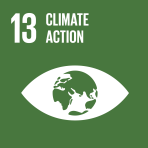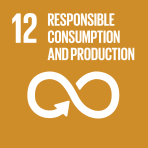- Home
- Books
- Making Peace with Nature
- Chapter
Tackling the planetary emergency and lighting a path to a sustainable future with new opportunities

- Author: United Nations Environment Programme
- Main Title: Making Peace with Nature , pp 47-49
- Publication Date: February 2021
- DOI: https://doi.org/10.18356/9789280738377c006
- Language: English
Humanity has been grappling with a growing number of environmental challenges of increasing severity ever since the Stockholm Conference in 1972. The decision to hold what became the first in a series of decadal conferences on sustainable development was taken by the General Assembly of the United Nations (UN) in 1969.1 The Stockholm Conference identified the environment as a challenge needing a UN system-wide response and resulted in the establishment of the UN Environment Programme (UNEP) to help spearhead and coordinate the effort.2 Governments have since put in place a number of specific multilateral environmental agreements and instruments, some of which address issues largely unknown in 1972, such as the depletion of the ozone layer and climate change.3 Environmental challenges such as climate change, biodiversity loss and pollution have become increasingly severe. For example, the Intergovernmental Panel on Climate Change (IPCC) has compared key impacts and risks of global warming across sectors and regions to people, economies and ecosystems for selected natural, managed and human systems through a sequence of science-based assessments (figure 1.1). The more recent assessments find that the risks kick in at lower temperature increases than the earlier ones did, and that the reasons for concern about climate change have increased over time.
-
From This Site
/content/books/9789280738377c006dcterms_title,dcterms_subject,pub_keyword-contentType:Journal -contentType:Contributor -contentType:Concept -contentType:Institution105



